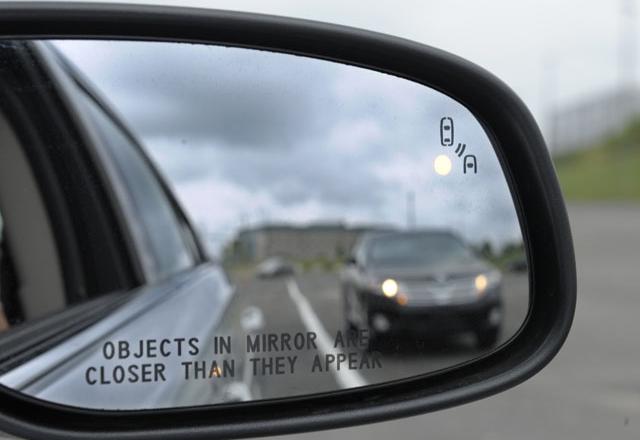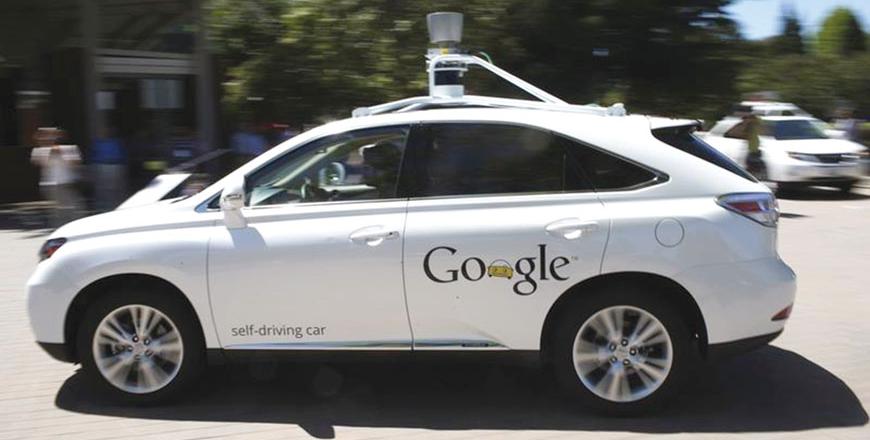WASHINGTON — A car might see a deadly crash coming even if its driver doesn’t, the US government says, indicating it will require automakers to equip new vehicles with technology that lets cars warn each other if they’re plunging towards peril.
The action, still some years off, has “game-changing potential” to cut collisions, deaths and injuries, federal transportation officials said at a news conference Monday.
A radio signal would continually transmit a vehicle’s position, heading, speed and other information. Cars and light trucks would receive the same information back from other cars, and a vehicle’s computer would alert its driver to an impending collision. Alerts could be a flashing message, an audible warning, or a driver’s seat that rumbles. Some systems might even automatically brake to avoid an accident if manufacturers choose to include that option.
Your car would “see” when another car or truck equipped with the same technology was about to run a red light, even if that vehicle was hidden around a corner. Your car would also know when a car several vehicles ahead in a line of traffic had made a sudden stop and alert you even before you saw brake lights The technology works up to about 300 yards (274 metres).
If communities choose to invest in the technology, roadways and traffic lights could start talking to cars, too, sending warnings of traffic congestion or road hazards ahead in time for drivers to take a detour.
The technology is separate from automated safety features using sensors and radar that are already being built into some high-end vehicles today and which are seen as the basis for future self-driving cars. But government and industry officials see the two technologies as compatible. If continuous conversations between cars make driving safer, then self-driving cars will become safer as well.
The National Highway Traffic Safety Administration, which has been working with automakers on the technology for the past decade, estimates vehicle-to-vehicle communications could prevent up to 80 per cent of accidents that don’t involve drunken drivers or mechanical failure.
Crashes involving a driver with a blood alcohol content of .08 or higher accounted for nearly a third of the 33,500 traffic fatalities in the US in 2012, according to the safety agency.
The technology represents the start of a new era in automotive safety in which the focus is “to prevent crashes in the first place”, as compared with previous efforts to ensure accidents are survivable, said David Friedman, the head of the agency.
No orders to automakers are imminent, officials said.
After an agency report, the public and carmakers will have 90 days to comment, then regulators will begin drafting a proposal, and that process could take months to years. But Transportation Secretary Anthony Foxx said it is his intention to issue the proposal before President Barack Obama leaves office.
“It will change driving as we know it over time,” said Scott Belcher, president and chief executive of the Intelligent Transportation Society of America. “Automobile makers will rethink how they design and construct cars because they will no longer be constructing cars to survive a crash, but building them to avoid a crash.”
Government officials declined to give an estimate for how much the technology would increase the price of a new car, but the transportation society estimates it would cost about $100 to $200 per vehicle.
Automakers are enthusiastic about vehicle-to-vehicle technology but feel there are important technical, security and privacy questions that need to be worked out first, said Gloria Bergquist, vice president of the Alliance of Automobile Manufacturers.
“The technology may well play a larger role in future road safety, but many pieces of a large puzzle still need to fit together,” she said.
















